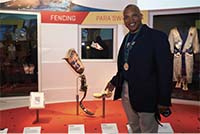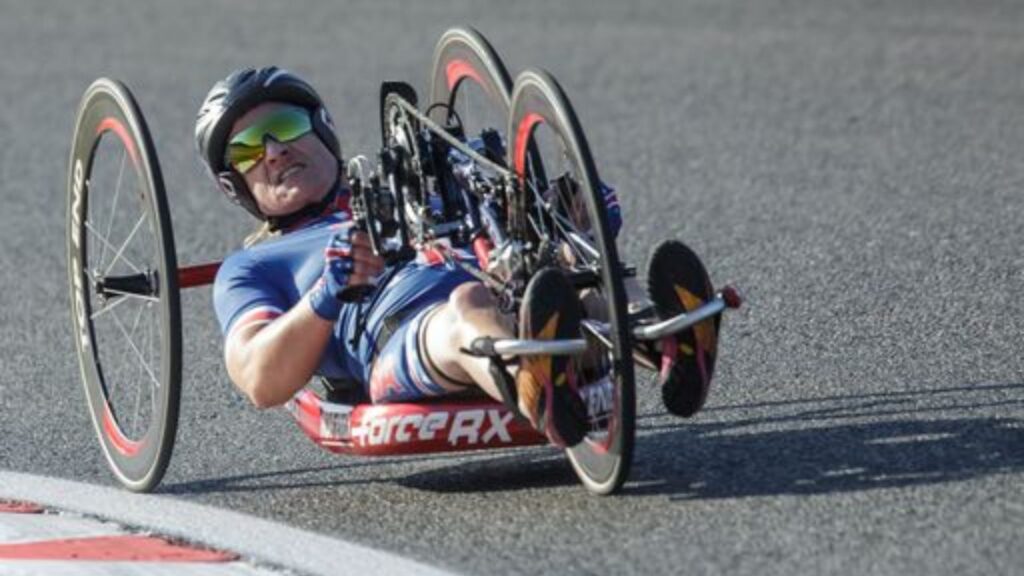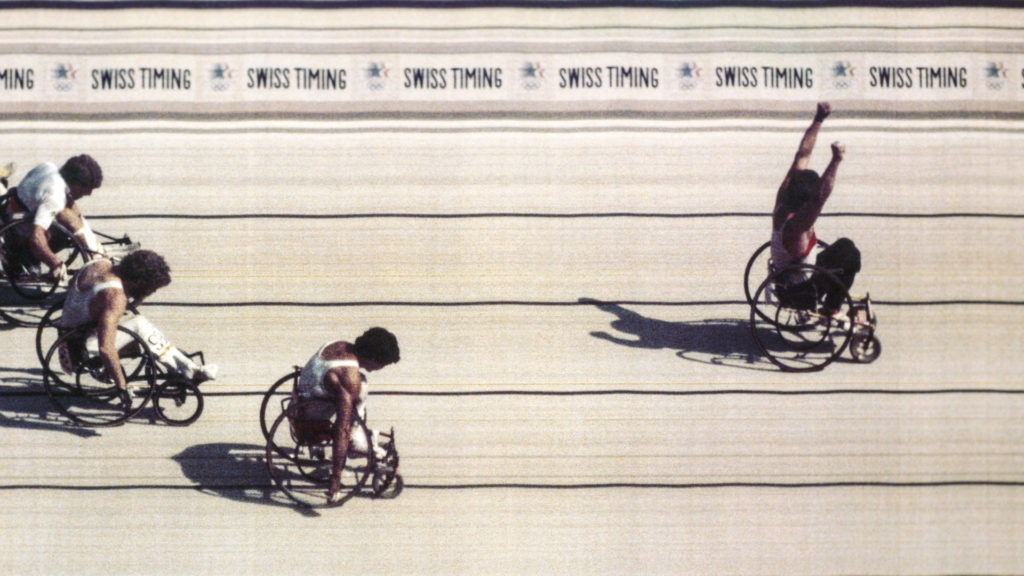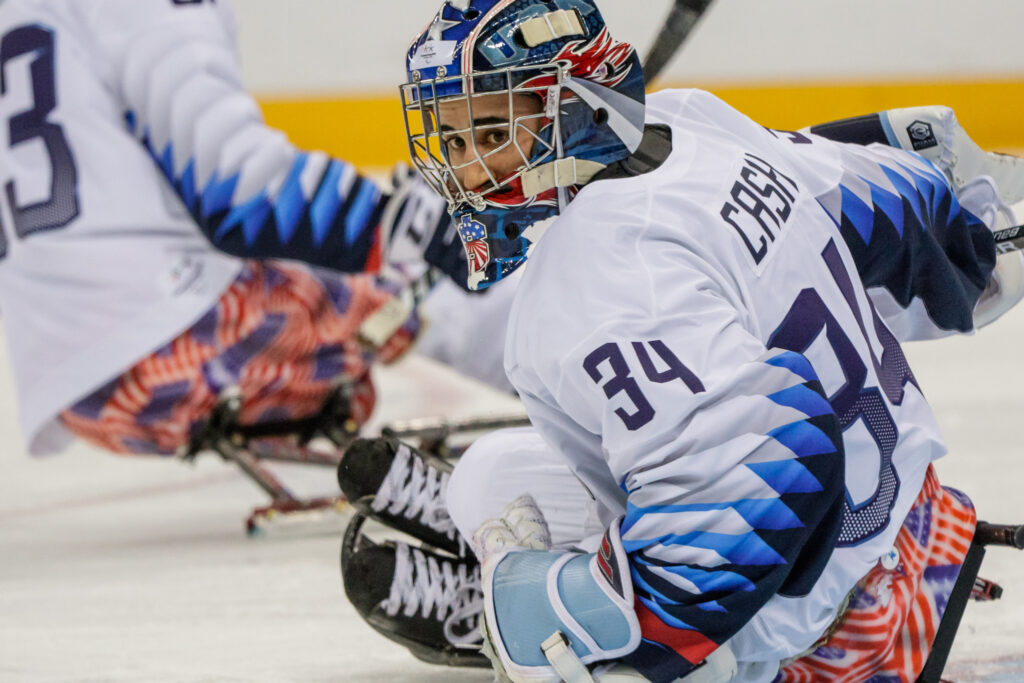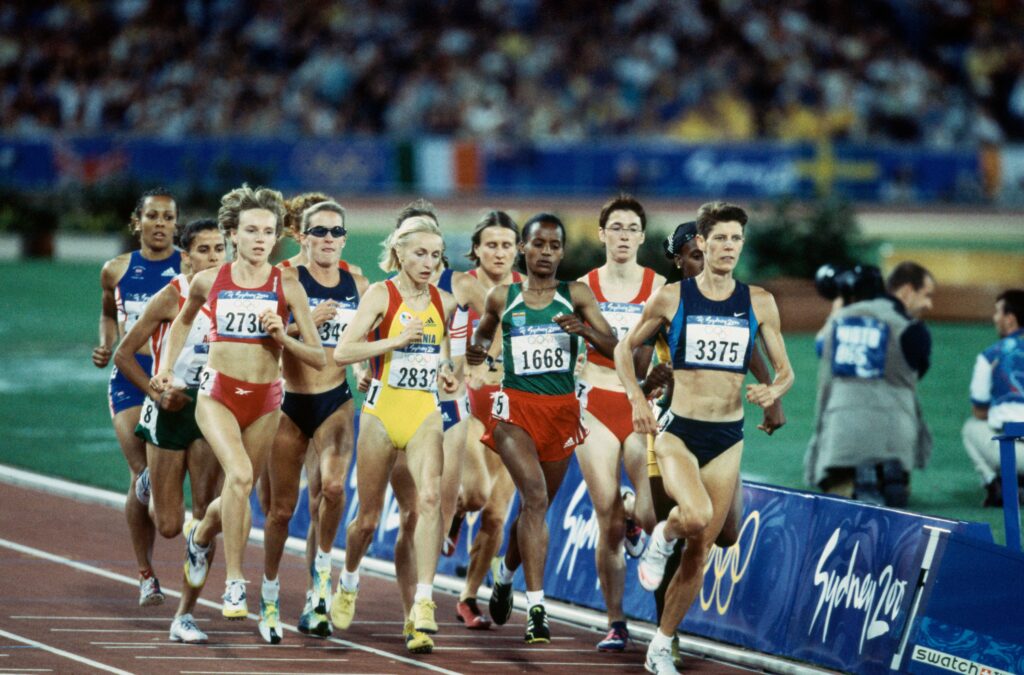They were six seconds that will live forever in the history books.
But as Bob Beamon propelled himself through the air, time did anything but stand still for the Mexico City 1968 Olympic Games long jump favorite on his initial jump of the finals.
“My mind was blank during the jump,” Beamon later said. “After so much jumping, jumping becomes automatic.”
Beamon raced down the runway and put everything he could into the jump. He swung his legs ands finally came down near the edge of the sand pit, hopping twice off both feet into the patchy grass at the end of the landing zone.
Beamon then made a U-turn and headed back toward the competitor’s staging area. His distance was not initially known. Not only were the results not instantaneous, Beamon had landed past the maximum distance that could be measured by the optical rail installed for the Olympic Games. Instead, officials had to take out a measuring tape and manually measure Beamon’s jump.
Only then did Beamon – and the rest of the world – learn the results: 29 feet 2 ½ inches. He fell to his hands and knees in amazement.
It was a stunning result, nearly two feet better than the previous world record, and remains the Olympic record and second-longest wind-legal jump in history. The jump coined a new term for superior athletic feats: Beamonesque. Sports Illustrated named the jump one of the five greatest moments of the 20th century.
Beamon has served as an ambassador to the International Olympic Committee and developed his own motivational program, “The Champion in You.”



